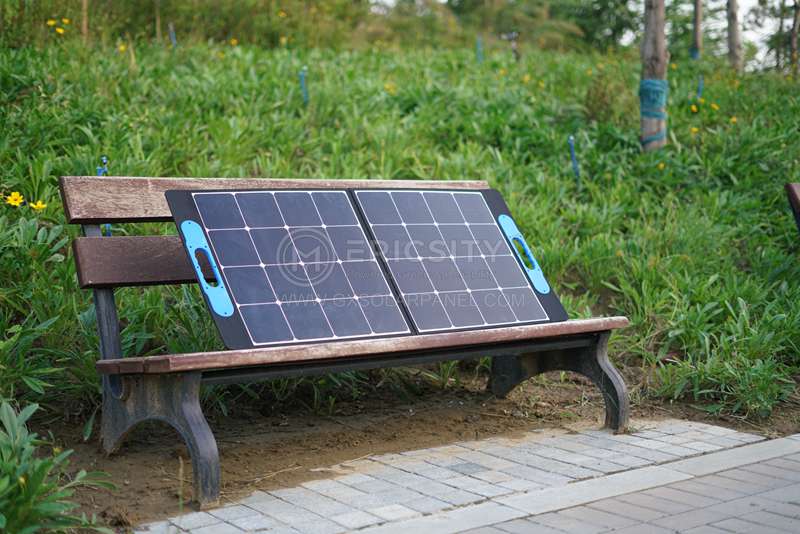HOT PRODUCT
Product Details
Breaking Down Solar Installation Costs: What To Include In Your Budget
Title: Breaking Down Solar Installation Costs: What To Include In Your Budget
Introduction (100 words):
Solar energy has emerged as a sustainable and cost-effective alternative to traditional power sources. As a result, more homeowners and businesses are considering installing solar panels on their properties. However, understanding the breakdown of solar installation costs is crucial before diving into the process. This article aims to provide a comprehensive overview of the key components that should be included when budgeting for solar installation. By considering these factors, individuals will gain a better understanding of the financial aspects associated with going solar and make informed decisions to ensure a successful transition.
1. Equipment Costs (150 words):
The first aspect to consider when budgeting for solar installation is the cost of equipment. These include solar panels, mounting systems, inverters, electrical wiring, and batteries (if desired). Solar panels tend to be the most significant expense, with costs varying based on the type, efficiency, and manufacturer. While high-efficiency panels are more expensive initially, they generate more electricity in the long term, offsetting the upfront costs. Additionally, the mounting system is essential to secure the panels, ensuring optimal sunlight exposure. Inverters convert solar energy into usable electricity, and their quality affects system performance. Lastly, if you plan to utilize battery storage, be sure to include the cost of batteries and additional installation.



2. Installation Costs (150 words):
The process of installing solar panels involves various expenses. Hiring a professional solar installer can guarantee a safe and efficient installation. Installation costs usually cover labor, permits, and inspections. Labor costs depend on the size and complexity of the system, including the number of panels and the difficulty of the installation site. Permits ensure that your solar installation complies with local regulations and may vary by location. Additionally, inspections verify that the system is correctly installed and meets all safety requirements. It is crucial to consider these expenses to avoid unexpected costs and ensure that your solar project is code-compliant.
3. Maintenance and Operating Costs (150 words):
While solar panels have minimal maintenance requirements, it’s essential to include the costs associated with keeping your system in top condition. Regular maintenance, such as cleaning panels and inspecting electrical connections, is crucial for optimal performance. While some homeowners may opt to take care of maintenance themselves, others may choose professional services. Additionally, costs for remote monitoring systems and warranties should be considered. Such systems allow you to monitor the system’s efficiency and detect any issues promptly. Warranty costs depend on the installer and various components, such as panels and inverters. Considering these ongoing costs in your budget will help you ensure the long-term effectiveness and reliability of your solar system.

4. Financing and Incentives (150 words):
Financing options and available incentives greatly impact the overall cost of solar installations. Several financing choices, including loans, leasing, or power purchase agreements (PPAs), may be available to help spread the upfront costs over time. Each option has its pros and cons in terms of ownership, return on investment, and long-term savings. Additionally, local and federal incentives, such as tax credits, grants, or rebates, can significantly reduce costs. Researching and incorporating these financial aspects into your budget is essential to take full advantage of available opportunities and maximize the financial benefits of going solar.
Conclusion (50 words):
As solar energy becomes more popular, understanding the breakdown of solar installation costs is vital. By including equipment costs, installation expenses, maintenance and operating costs, as well as financing and incentives in your budgetary planning, you can make informed decisions and ensure a well-executed and financially viable solar installation.




